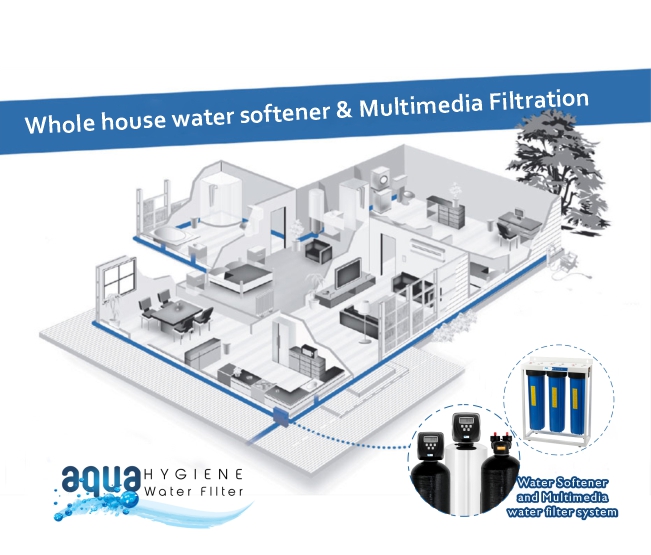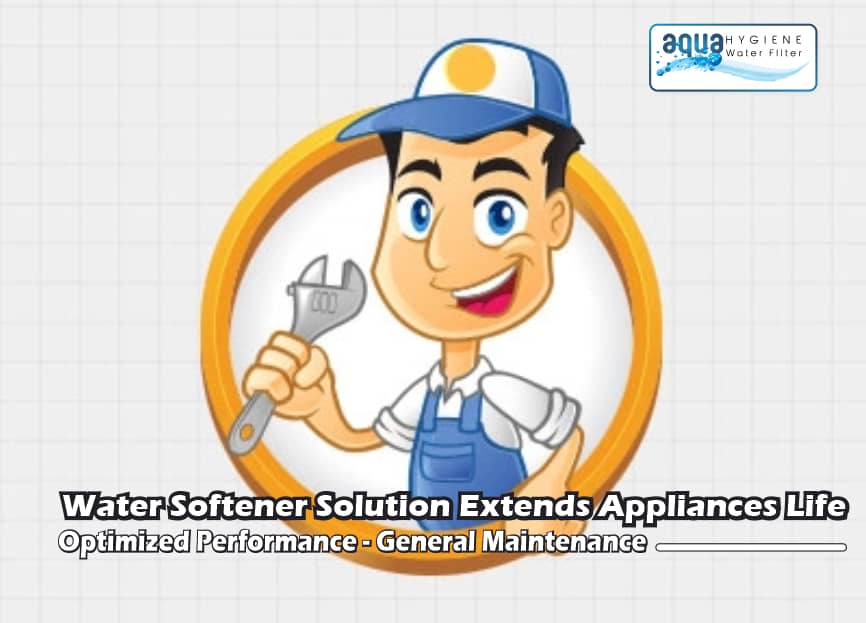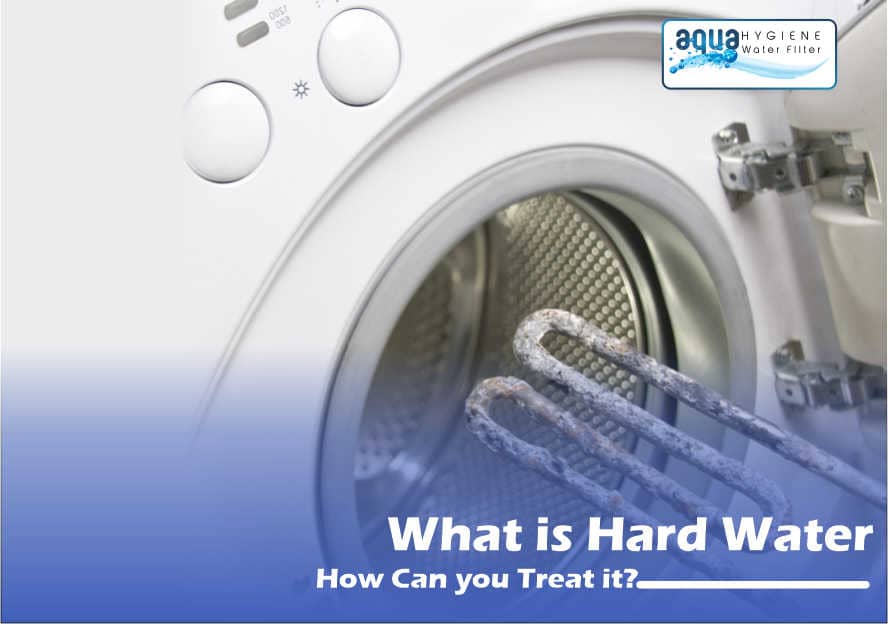What is Water Softener and Its Working
Hard water is most prevalent issues in homes, as residents will readily admit. In reality, research reveals that families across the nation are similarly likely to experience hard water, regardless of the water source. And this is where water softeners can help.
In plain English, hard water is water that has a high level of dissolved particles. In a similar vein, water softeners are devices that aid in softening this kind of water. There is, however, more to the tale.
What is water softener?
Water softeners are like live-saving miracle workers! These tools are whole-house purification devices that get rid of the minerals such as magnesium and calcium which are the main contributors to hardness. Without a water softener solution, minerals that cause hardness build up in pipes as thick deposits or scales, lowering water pressure. Additionally, the building of scale has a negative impact on a number of equipment.
Electron transfer is the technical word for the method by which water softeners operate. The nutrient tank's covering of raisin-bead filters out the hard water before it can enter. These beads, which are typically constructed of polystyrene, have sodium ions that are negatively charged. As a result, they are also known as ionic species. The molecules of calcium and magnesium, on the other side, have a positive electrical charge, making them cations.
The positive charge of the materials is drawn to the ion exchange resin by the law of attraction between opposite charges. Hard water holds the elements as it passes through this layer and concurrently discharges sodium ions to keep the water's overall electrostatic attraction balance. The resin beads soften the water by removing its hardness in this manner.
Although the sodium in soft water will not really directly cause harm, it may be harmful to those with kidney and high cholesterol issues. Now that you are familiar with the overall procedure, let's examine the elements that really carry out the process.
Water softener components
Particles are removed, water flow is monitored, and the mechanism is cleaned by the three main components, the marble tank, water control valve, and brine tank.
Mineral tank
As you might have anticipated, the resin bead or layer is completely closed inside the mineral container. Through a feed pipe, hard water flow fills this chamber and filters down the bed, depositing calcium and magnesium. After that, soft water enters your home thru the pipes.
Adjustment valve for water
The control valve, if you are curious, is that keeps the resin beads functional. It features a built-in metre that keeps track of how much water is pumped into the tank. The resin beads' ability to release sodium ions gradually diminishes because they constantly screen hard water to remove magnesium and calcium. Each water softening device can therefore only treat a certain volume of water even before beds lose their effectiveness.
Brine Tank
The smaller brine tank is located directly beside the mineral container. It has a sodium chloride liquid that is highly potent and is used to replenish the resin beads. The user must manually add sodium grains or cubes, which mix with water and settle at the bottom, by opening the lid cover. The fluid draws from the container and rinses the beads when the nozzle detects a drop in sodium. The accumulated minerals are also removed during this phase and washed out the output pipe. The water softener is then able to resume working effectively.
The water includes a substantial amount of sodium once it has been treated. People who desire to eat less salt may have a difficulty with this. As a result, many users substitute table salt for sodium blocks. It is, though, a more expensive option. Installing a reverse osmosis RO water filter at the wash basin is an additional choice that efficiently takes the salt out of softer water. Similarly, RO systems can aid in softened water.




